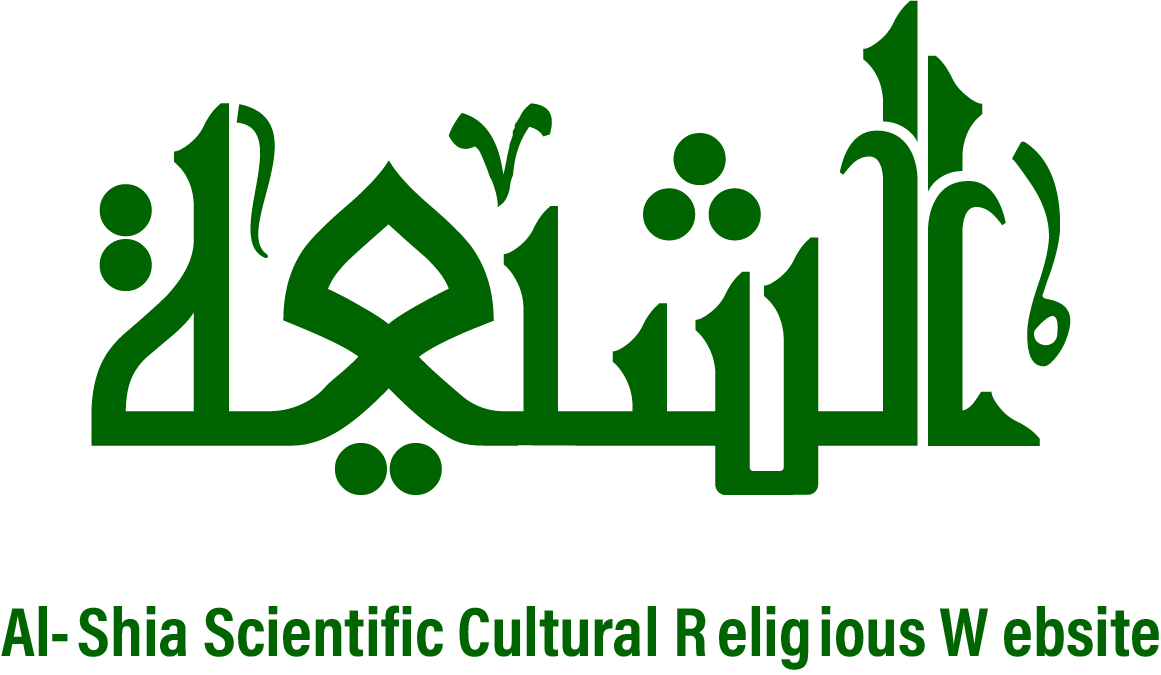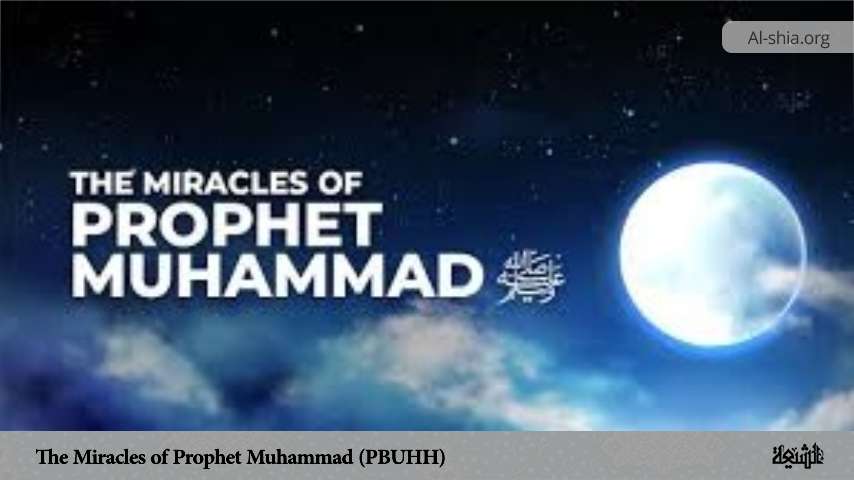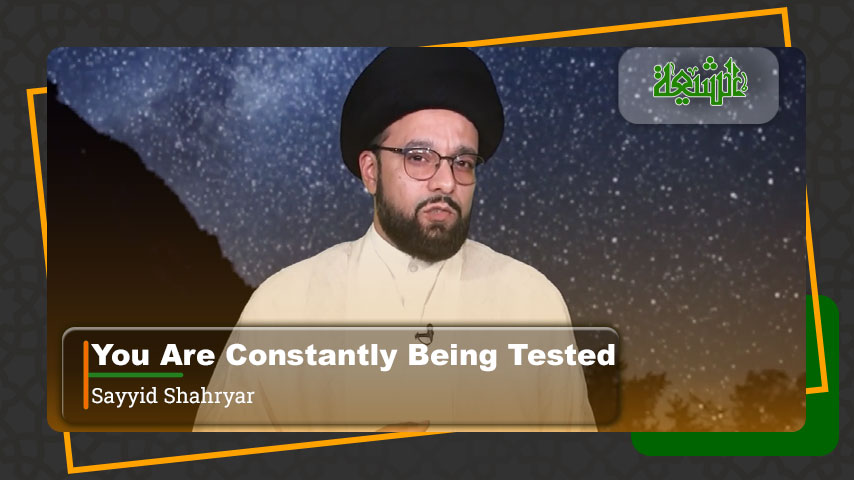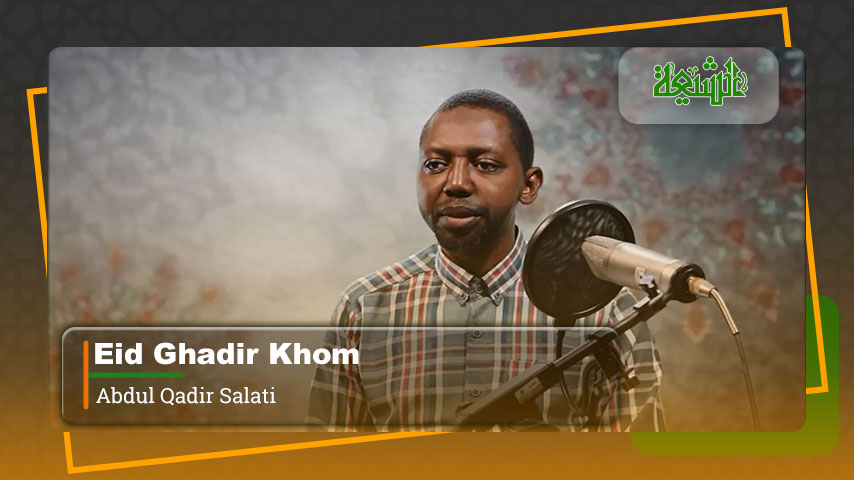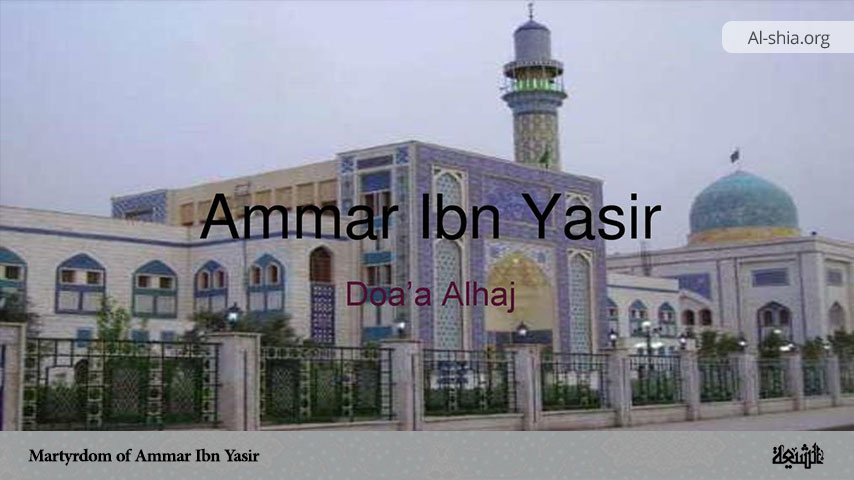Prophet Muhammad, born in Mecca around 570 CE, is regarded as the final Prophet of God[1], following a lineage of prophets including Adam, Noah, Abraham, Moses, and Jesus[2]. Hazrat Muhammad was raised in the Quraysh tribe and he became known for his honesty and trustworthiness, earning the title “Al-Amin” (the trustworthy). At the age of 40, he began receiving divine revelations through the Angel Gabriel, marking the beginning of his prophethood[3]. These revelations, compiled in the Qur’an, are central to Islamic doctrine and practice.
Muhammad’s prophetic mission unfolded in a time of significant social, economic, and religious upheaval in the Arabian Peninsula. Pre-Islamic Arabia, characterized by polytheism, tribalism, and frequent conflicts, provided a backdrop for Muhammad’s message of monotheism, social justice, and moral rectitude. The early years of his mission were marked by persecution and hardship, but his eventual migration (Hijra) to Medina in 622 CE led to the establishment of a thriving Muslim community[4]. This period also saw the consolidation of Islamic laws and practices, many of which were rooted in Muhammad’s actions and sayings.
Prophet Muhammad holds a paramount position in Islam, not only as the conveyor of God’s final revelation but also as a model for human conduct. His life (Sira) and traditions (Sunnah) serve as exemplary guides for Muslims in all aspects of life, from worship and ethics to governance and interpersonal relations. The Quran frequently emphasizes his role as a “mercy to the worlds” (Quran 21:107), underscoring his significance in both spiritual and temporal domains.
Definition of Miracle in Islam
In Islamic theology, miracles (Mu’jizat) are extraordinary events that occur through divine intervention, demonstrating the authenticity of a prophet’s mission[5]. Unlike ordinary occurrences, miracles are perceived as direct manifestations of God’s power, intended to reinforce the truth of the prophetic message and inspire faith among believers. Miracles are thus integral to the Islamic narrative, serving as signs (Ayat) that highlight the omnipotence of God and the special status of His messengers.
Purpose and Significance of Miracles
The primary purpose of miracles in Islam is to validate the prophet’s claim to divine guidance and to distinguish them from false prophets[6]. Miracles also serve to strengthen the faith of believers, providing tangible evidence of divine support and intervention. In order to prove prophethood, a miracle should involve posing of challenge (Tahaddi in Arabic), lacking of opponent, and not being defeated[7].
For Prophet Muhammad (PBUHH), his miracles underscored his role as the Seal of the Prophets and reinforced the universality and timelessness of his message. Moreover, these miracles continue to inspire and resonate with Muslims, affirming their faith and commitment to the teachings of Islam.
Types of Miracles of Prophet Muhammad
Prophet Muhammad’s miracles are diverse, encompassing physical phenomena, revelations, and transformative spiritual impacts. These miracles are integral to the Islamic faith, providing proof of his prophethood and reinforcing the divine nature of his message. Some theologians believe that the miracles of the Prophet Muhammad (PBUHH) could be categorized into two types: Sensory and intellectual[8].
- Sensory Miracles
This kind of miracles is perceived via feeling, most of the miracles are from this kind. The miracles are perceived by both the public and the elite. The splitting of the moon, the flowing of water from the Prophet’s fingers, the movement of a tree towards the Prophet, heavy rainfall after the prayer of the Prophet, and the pebbles exalting God in the hands of the Prophet are some examples of sensory miracles of the Prophet (PBUHH).
- Intellectual Miracles
This kind is only perceivable by intellect, and people can realize it according to the degree of their intellect, like the Qur’an. The Qur’an is a miracle that involves superhuman features in different aspects (the word, the meaning, the structure, and the like) and ordinary men are not able to bring something like it. Thus, the Qur’an is not the word of a human being; rather it is the word of God[9].
Notable Miracles of Prophet Muhammad (PBUHH)
Ibn al-Jawzi points to sources in which over 1000 miracles are attributed to the Prophet (PBUHH)[10]. Ibn Kathir cited many of these miracles in his book titled “Mu’jizat al-Nabi”[11]. The notable miracles of Prophet Muhammad (PBUHH) are well-documented in Islamic texts and hold significant importance for Muslims. They serve as proof of his prophethood and reinforce the divine nature of his mission.
Meanwhile, the following are some notable miracles of Prophet Muhammad (PBUHH):
The Splitting of the Moon (Shaqq al-Qamar)
It is reported that the Quraysh tribe challenged Prophet Muhammad to show a sign of his prophethood. In response, he pointed to the moon, which then split into two distinct halves and rejoined. This miraculous event is mentioned in the Qur’an and elaborated in Hadith literature. Allah says in the Qur’an: “The Hour has drawn near and the moon is split. If they see a sign, they turn away, and say, ‘An incessant magic!’”[12]
The incident is documented in both the Shia and Sunni Hadith collections, including Sahih al-Bukhari and Sahih Muslim. In Sahih al-Bukhari, Anas narrated: “The Meccan people requested Allah’s Messenger (PBUHH) to show them a miracle, and so he showed them the splitting of the moon[13].” Likewise, in Sahih Muslim, Anas reported that the people of Mecca demanded from Allah’s Messenger (PBUHH) that he should show them (some) signs (miracles) and he showed twice the splitting of the moon[14].
Water Flowing from His Fingers
During a severe drought, Prophet Muhammad (PBUHH) caused water to flow from between his fingers, providing sufficient water for his companions to drink and perform ablution. This miracle demonstrated his divine support and the mercy of Allah[15].
The Night Journey and Ascension (Isra and Mi’raj)
This event involves Prophet Muhammad’s miraculous night journey from the Kaaba in Mecca to the Al-Aqsa Mosque in Jerusalem (Isra) and his subsequent ascension to the heavens (Mi’raj). During this journey, he met various prophets, saw the signs of Allah, and received instructions about the five daily prayers.
In the glorious Qur’an, reference is made to this miraculous event when Allah says: “Immaculate is He who carried His servant on a journey by night from the Sacred Mosque to the Farthest Mosque whose environs We have blessed, that We might show him some of Our signs. Indeed, He is the All-hearing, the All-seeing.[16]”
This event is documented in both the Shia and Sunni hadith collections. For instance, Sahih al-Bukhari and Sahih Muslim documented this event[17].
Multiplication of Food
Prophet Muhammad (PBUHH) performed several miracles where he multiplied small amounts of food to feed large groups. One well-known instance occurred during the Battle of the Trench, where he fed 800 men with a small amount of barley and meat[18].
Healing Miracles
Prophet Muhammad (PBUHH) is reported to have performed healing miracles. One such instance is when he healed the broken leg of Abdullah ibn Atik and restored the eyesight of Qatadah ibn al-Nu’man after his eye was injured in battle[19].
The movement of a tree towards the Prophet (PBUHH)
Imam ‘Ali (a) quoted in his al-Khutba al-Qasi’a that one day some prominent figures of the Quraysh went to the Prophet (PBUHH) and asked him to tell the tree to come to them to prove his prophethood. The Prophet (PBUHH) told the tree to go to them at the permission of God. Suddenly, the tree’s roots came out of the ground and it moved towards the Prophet (PBUHH). Despite this obvious miracle, they did not believe in the Prophet (PBUHH), calling him a magician[20].
Heavy rainfall after the prayer of the Prophet (PBUHH)
According to a hadith from Imam al-Sadiq (PBUH), in the wake of a severe drought in Medina, people asked the Prophet (PBUHH) to pray for rainfall. The Prophet (PBUHH) prayed and just before the end of his prayer, clouds covered the sky of Medina and it rained so heavily that there was nearly a flood there[21].
Impact of the Miracles of Prophet Muhammad (PBUHH)
Strengthening Faith and Resolve: The miracles of Prophet Muhammad (PBUHH) played a crucial role in reinforcing the faith of the early Muslim community. Witnessing these miracles firsthand, or hearing about them from reliable sources, strengthened their belief in Muhammad’s prophethood and the truth of his message. This was particularly important during times of persecution and hardship in Mecca and Medina. For instance, the Splitting of the Moon and the multiplication of food during battles provided tangible signs of divine support, boosting the morale and conviction of the believers.
Conversion of Key Figures: The miracles performed by Prophet Muhammad (PBUHH) also contributed to the conversion of influential figures who later played significant roles in the spread of Islam. These miraculous events served as undeniable proof of his divine mission, leading to the acceptance of Islam by many sceptics.
Contemporary Muslim Views
The miracles of Prophet Muhammad (PBUHH) have had a profound and lasting impact on the Muslim community, both historically and in contemporary times. In the modern era, Muslims continue to revere the miracles of Prophet Muhammad (PBUHH) as vital elements of their faith. These miracles are often recounted in religious sermons, educational curricula, and Islamic literature, reinforcing their significance in contemporary Islamic consciousness. Modern scholars and speakers, such as Yusuf al-Qaradawi and Hamza Yusuf, frequently reference these miracles in their teachings and writings.
Conclusion
The miracles of Prophet Muhammad (PBUHH) are integral to Islamic tradition and theology, validating his prophethood and divine mission. Documented in the Quran and Hadith, physical miracles like the Splitting of the Moon and spiritual transformations he inspired are central to the Islamic faith. These miracles continue to inspire Muslims, featuring prominently in religious teachings and practices. Events like the Night Journey and Ascension (Isra and Mi’raj) are commemorated, and the Quran, as an enduring miracle, is constantly studied. Future research can explore comparative religious studies and the psychological impact of these miracles on early Muslims. Overall, these miracles reinforce the faith of believers, maintaining their significance in contemporary Islamic thought and practice.
References
[1] . cf. Qur’an 33 [Surah Al-Ahzab]: 40.
[2] . Āyatī, Muḥammad, Tārīkh-i Payāmbar-i Islām, p. 42.
[3] . Shahīdī, Sayyid Jaʿfar, Tārīkh-i Taḥlīlī-yi Islām, p. 41.
[4] . Shahīdī, Sayyid Jaʿfar, Tārīkh-i Taḥlīlī-yi Islām, p. 56.
[5] . Mufīd, Muḥammad ibn Muḥammad, al-Nukat al-Iʿtiqādīyya, p. 35.
[6] . Misbah Yazdi, Muhammad Taqi, Amuzish ‘Aqayid, p.219-223; Mufīd, Muḥammad ibn Muḥammad, al-Nukat al-Iʿtiqādīyya’, p. 35.
[7] . Mufīd, Muḥammad ibn Muḥammad, al-Nukat al-Iʿtiqādīyya’’, p. 126-129.
[8] . Sa’idi Rushan, Muhammad Baqir, Mu’jizishinasi, p. 104.
[9] . Ibn Kathīr, Ismāʿīl ibn ʿUmar, Muʿjizāt al-nabīyy’, p. 7.
[10] . Ibn al-Jawzī, ʿAbd al-Raḥmān ibn ʿAlī, al-Muntaẓam fī tārīkh al-umam wa l-mulūk, vol. 15, p. 129.
[11] . cf. Ibn Kathīr, Ismāʿīl ibn ʿUmar, Muʿjizāt al-Nabīyy’
[12] . Qur’an 54 [Surah Al-Qamar]: 1-2.
[13] . Sahih al-Bukhari 3637 (https://sunnah.com/bukhari:3637)
[14] . Sahih Muslim 2802a, b (https://sunnah.com/muslim:2802a)
[15] . Sahih al-Bukhari 3576 (https://sunnah.com/bukhari:3576);
[16] . Qur’an 17 [Sural Al-Isra]: 1.
[17] . Sahih al-Bukhari 3207 (https://sunnah.com/bukhari:3207)
[18] . Sahih al-Bukhari 4101 (https://sunnah.com/bukhari:4101)
[19] . Sahih al-Bukhari 4206 (https://sunnah.com/bukhari:4206)
[20] . Nahj al-Balāgha, Sermon 192.
[21] . Kulaynī, Muḥammad ibn Yaʿqūb, Al-Kāfī, vol. 2, p. 274.

